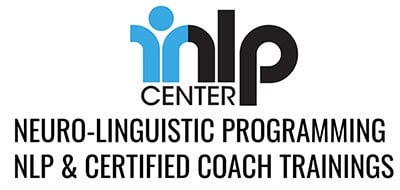A cancer diagnosis, surgery, and dental procedures can cause different levels of anxiety. Being prepared with NLP techniques will help with the stress of routine or unexpected procedures. The NLP techniques of association, dissociation, reframing, anchoring, and using submodalities helped me de-stress and prepare for medical procedures.
On a Valentines Day date with my husband, I got the call saying I had cancer. The doctor said I would need more tests, but with the holiday weekend and a long distance trip coming up, I didn’t know what to expect. I knew some surgery was in the picture. As you can imagine, I felt stressed and emotional!
To reduce my stress on the train trip from California to Colorado, I used the NLP technique of dissociation to separate myself from my feelings, see the cancer as an observer would, watching it grow smaller and move outside of my body. Changing my perception of cancer from an invader to a small group of cells that I could move around gave me a better sense of empowerment. As a Certified NLP Master Practitioner, I had been practicing this technique to reduce anxiety, so I was able to move away from my fear quickly.
As I learned more and the surgery date grew closer, I used an NLP technique called Reframing to see the cancer as too much of a good thing. We need cells to divide and grow to be healthy. Cells are a good thing. But too much of a good thing with cells dividing too quickly is cancer. Reframing my diagnosis and calling it too much of something good changed my feeling from that of having a disease to having too much of something healthy that needs to be managed. Seeing the positive made a considerable difference in the way I felt about having cancer.
As I got closer to the surgery date, I realized I needed to Associate and be in the experience so I could ask the right questions and get the information I needed. The ability to Associate and feel my anxiety helped me talk to the urologist so I would be prepared for surgery. Understanding choices and risks are an important part of the process.
I get nervous about surgery since I’ve had many that were traumatic in different ways. The stressful feelings about these experiences felt bigger over time and sometimes felt overwhelming. Using NLP submodalities, I was able to picture the surgery room as smaller. As the picture got smaller and further away, I began to relax. In fact, as the nurse was making the surgery preparations, she asked how I was able to stay so calm. All my NLP practice was paying off in a big way.
The next year I needed a double surgery that included a cornea transplant. I first went to the beach so I could have pleasant experiences to use in my visualization before the procedure. Later those visualizations would be a resource to help my pre-surgery stress. I thought about an enjoyable experience at the beach where I was running along the cold frothy water chasing waves. I again felt exhilarated! The image brought a smile to my face, but I realized it was more excitement than I wanted for my pre-surgery de-stress.
I had many pleasant beach experiences to draw from, so I chose a cloudy, slightly foggy day when I took a long walk on the beach. Remembering the calm, pleasant feeling, I found myself breathing deeply and evenly and feeling quite relaxed. That was the feeling for which I was looking. I wanted to Anchor the pleasant experience, so I again imagined the feeling I had walking on the cloudy beach while holding my little finger as my anchor. I did that several times. Then I realized that before the procedure, I wouldn’t be able to use that anchor, so I continued the visualization without touching my finger. By practicing visualization with and without an anchor, I was able to easily invoke the pleasant feeling before surgery when I needed it.
Through iNLP Center’s NLP-Integrated Life Coach Training, I’ve learned to observe and experience my environment. When I have a moment that I enjoy with trees, a cool breeze, or the ocean, I savor the moment. By using my senses to take in the look, feel, and smells around me, I can capture that good feeling later when I need a medical procedure or go to the dentist. I continue to use the resources at the iNLP Center to refresh my training and enhance my NLP techniques so I can use them for future procedures and stressful situations.



